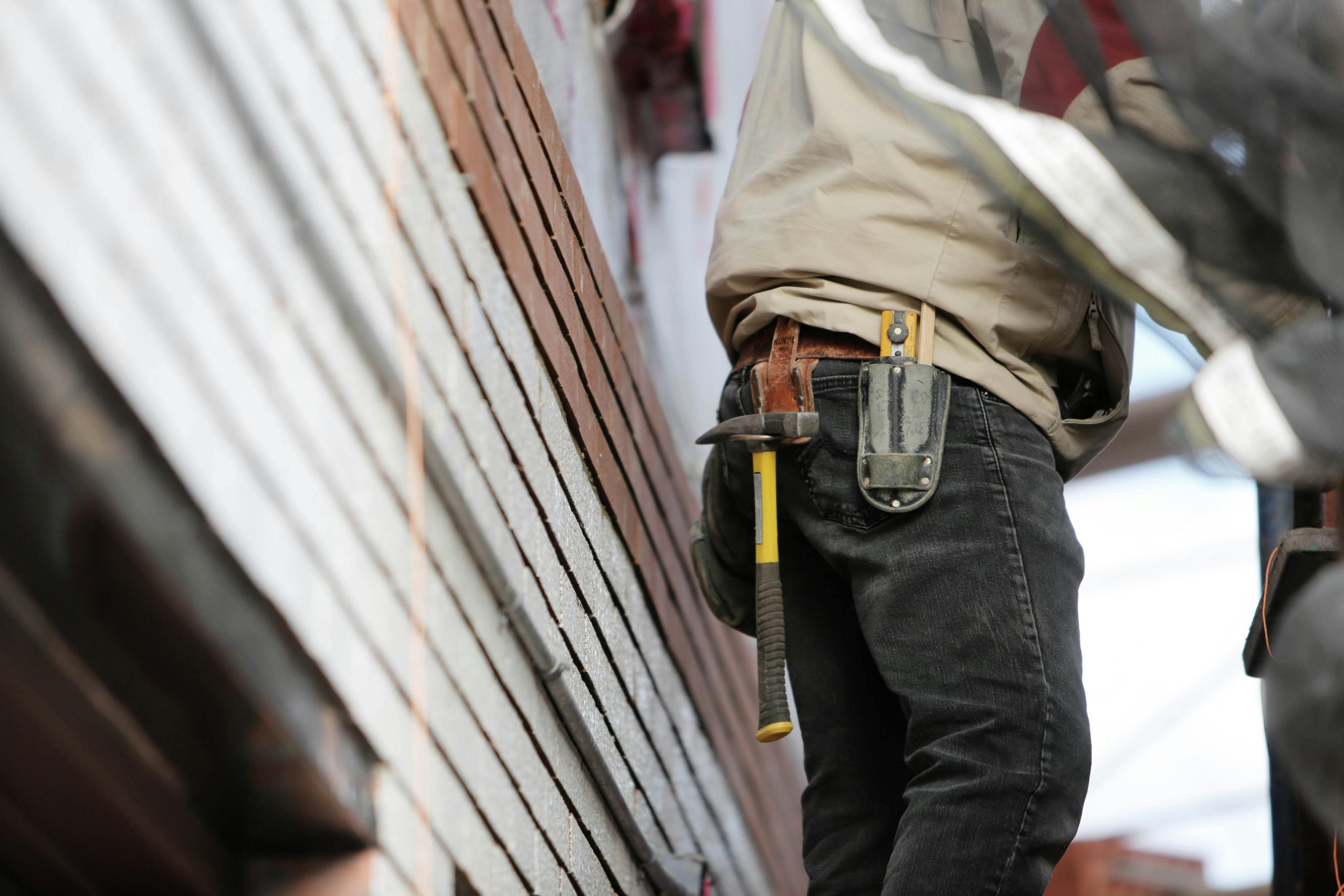Creating a Virtual Gallery Wall: A Unique Online Storefront Idea
Hello fellow creatives! I’m excited to reach out to this community and share an idea that has been brewing in my mind. As a photography enthusiast and a side hustler, I’ve been selling my photographs framed in beautifully restored vintage frames. This venture was inspired by the gallery wall I crafted with my girlfriend during our first apartment together.
Now, I’m looking to elevate my online presence by establishing a unique storefront—a virtual gallery wall. Picture this: an expansive, infinite gallery wall where all my available prints are displayed. Users would be able to zoom in and out of this endless wall and click on any frame that catches their eye, leading them to a dedicated page to purchase the artwork.
I envision this concept to mimic the sleek and engaging interface of the Apple Watch’s home screen, with an assortment of frames in various shapes and sizes, creating a visually captivating experience. While I’m not a web designer (in fact, my expertise lies mainly in photography and construction), I’m eager to brainstorm with talented web designers who might help me bring this concept to life.
I’ve explored the idea of Zoomable User Interfaces, which seemed like a suitable direction, but I’m not quite sure how to dive into this project technically. I’m curious to know if creating such a platform is feasible. Are there specific tools or programming languages that could streamline the process? Ideally, I would love to have a feature that allows me to upload my images effortlessly and arrange them on this gallery wall—though I worry it might be too advanced for my skill set.
I welcome any insights, advice, or resources you could share! If this discussion would be better suited for another forum, please let me know. Thank you in advance for any guidance you can offer as I embark on this creative endeavor!


2 responses to “Creating a Virtual Gallery Wall Storefront”
What a fantastic idea! Creating a virtual gallery wall for your photography business can definitely set you apart from other sellers. This concept not only showcases your unique work but also provides a visually engaging experience for potential customers. Let’s break down the feasibility of your vision and share some practical advice on how to bring it to life.
Feasibility and Conceptualization
Mockups: Create wireframes or mockups of how the gallery wall might look. Tools like Figma, Sketch, or Adobe XD can help you visualize the design and flow before implementation.
Technological Framework:
Frameworks: If you prefer working with a framework, React or Vue.js are great choices. They have robust ecosystems that can help you build this interactive gallery more easily. Libraries like react-zoom-pan-pinch can help implement zoom functionality effectively.
Zoomable User Interfaces (ZUI):
Implementation Steps
To streamline adding new photos, consider implementing an admin interface where you can upload and categorize images. You can create a simple form that allows you to drag and drop images, specifying details like title, description, and price.
Hosting and Framework:
For a more tailored experience, consider a custom-built website using Node.js for the backend where you can control every aspect of your storefront.
Responsive Design:
Ensure your gallery is mobile-friendly. Many users will browse on phones or tablets, so the layout should be responsive to different screen sizes. CSS Grid or Flexbox can help you create a versatile layout that adapts well to any device.
Engagement Features:
Additional Considerations
Performance Optimization: High-resolution images are essential for showcasing your photography, but they can slow down your site. Consider using optimized formats like WebP, and lazy loading for images that are not immediately visible to ensure smooth performance.
SEO and Marketing: As you build the virtual gallery, don’t neglect SEO. Use descriptive alt text for your images, unique titles, and meta descriptions for each piece to improve visibility on search engines.
User Feedback: Once your site is up and running, get user feedback to continuously improve the experience. Consider A/B testing different layouts or features to see what users engage with the most.
Your idea has the potential to create a unique shopping experience that reflects your artistic style and personal story. Best of luck with your endeavor, and I can’t wait to see how your virtual gallery wall turns out! If you have any more questions or need further insights, feel free to ask.
What a fantastic and innovative idea! Your vision for a virtual gallery wall is not only creative but also aligns perfectly with the current trends in online retail and user engagement. I can see how this concept would enhance the experience for potential buyers, allowing them to interact with your artwork in a more dynamic way.
To bring your vision to life, you might want to consider a few tools that could simplify the development process. Platforms like WordPress can be equipped with plugins such as WP VR or WP 3D Thing to create immersive 3D experiences, which could be ideal for your gallery wall concept. If you’re open to delving a bit into coding, JavaScript libraries like Three.js or even A-Frame could give you the flexibility to create a seamless zoomable interface.
For the backend, you could use a user-friendly CMS (Content Management System) that just requires basic HTML knowledge, which would allow you to upload and manage your images effortlessly. Additionally, hiring a freelance web designer could also lighten your workload; many platforms, such as Upwork or Fiverr, have talented individuals who can help you realize your dream without breaking the bank.
Don’t hesitate to reach out to the creative community here; collaboration is essential, and many would be excited to contribute their expertise. As your project develops, consider incorporating feedback from potential users to refine the design and usability. Wishing you the best of luck on this exciting journey—can’t wait to see your virtual gallery wall come to life!